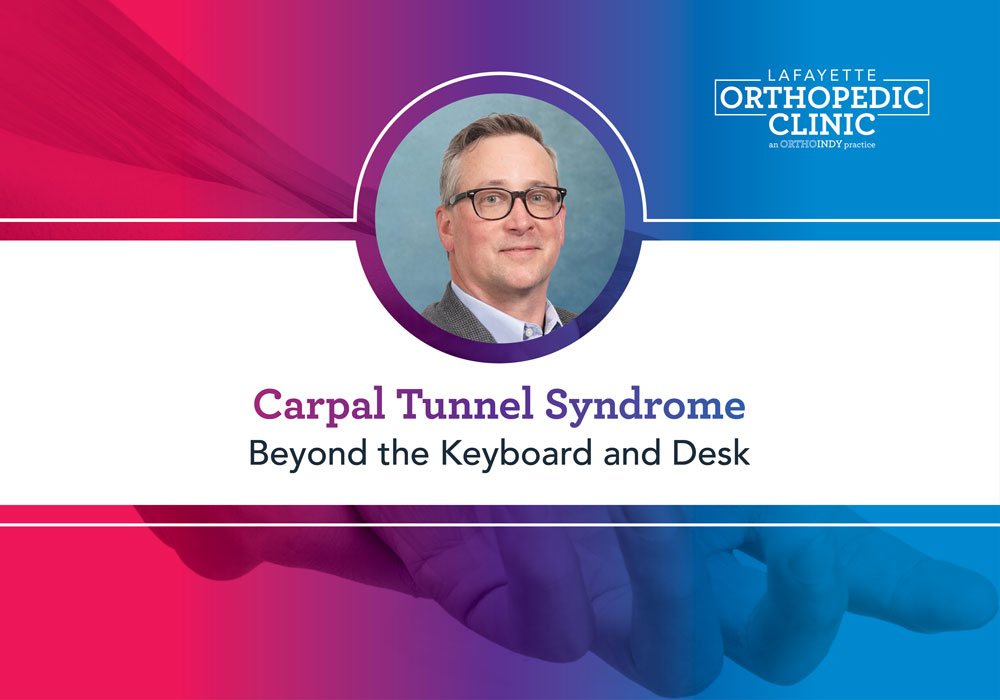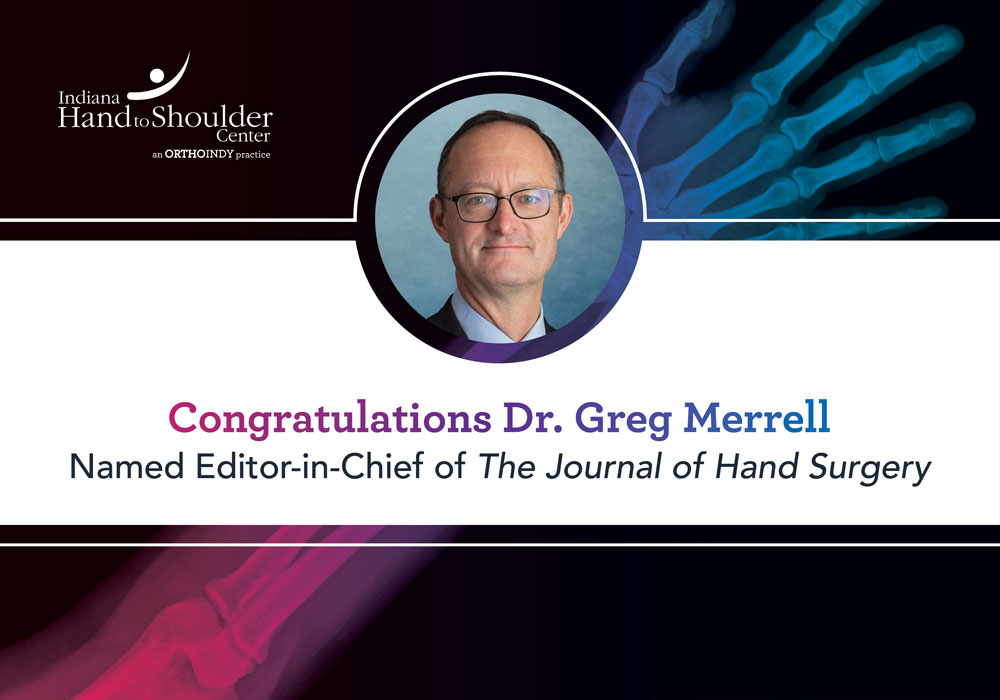THIS POST IS PART OF THE ULTIMATE GUIDE TO HAND, WRIST AND ELBOW INJURIES
Trigger finger, also known as stenosing tenosynovitis, is a condition that causes a feeling of locking or catching when you try to bend or straighten your finger.
Most commonly, the thumb and the ring finger are affected the most. When someone has it in their thumb, it’s called trigger thumb. However, trigger finger can be present in any finger.
In very severe cases of trigger finger, your finger can get locked in the bent position. Typically, you can use your other hand to straighten the bent finger.
Trigger finger causes
The actual causes of trigger finger is not exactly known, but there are a few factors that increase the chances of someone developing it such as:
- Medical conditions like diabetes and rheumatoid arthritis
- Forceful use of the fingers during certain activities
Trigger finger symptoms
- Catching, popping or locking sensation when bending finger
- Pain when you bend your finger
- Painful lump that forms on the base of the finger on the palm side of your hand
Physician examination
A physician will be able to diagnosis you with trigger finger by evaluating your hand and listening to your symptoms. X-rays are usually not needed.
MAKE AN APPOINTMENT WITH A HAND SPECIALIST
Trigger finger treatment
How do you treat trigger finger without surgery?
- Rest: Avoid the activities that make your finger feel worse.
- Splinting: You may have to wear a splint while you sleep to keep your finger straight.
- Exercise: Gentle exercises may help decrease stiffness and improve range of motion.
- Medications: Anti-inflammatory drugs (NSAIDs), can help relieve pain and inflammation.
- Steroid injections: Steroid injections may be given to resolve the issue. However, if symptoms do improve after a second injection, surgery might be the next option.
Trigger finger surgery
If nonsurgical techniques do not eliminate your trigger finger symptoms, surgery known as “tenolysis” or “trigger finger release.” will be the next step.
It is typically done in an outpatient setting with injection of local anesthesia to numb the single area. Trigger finger release surgery only requires a small incision.
Recovery from trigger finger surgery
After surgery patients are encouraged to move their finger to reduce pain and swelling. The incision will heal within a couple of weeks, but the swelling can last anywhere from four to six months. It also may be recommended to see a physical therapist to help with trigger finger exercises.

Schedule an appointment
Your well-being is important to us. Click the button below or call us to schedule an appointment with one of our orthopedic specialists. If your injury or condition is recent, you can walk right into one of our OrthoIndy Urgent Care locations for immediate care. For rehabilitation and physical therapy, no referral is needed to see one of our physical therapists.





